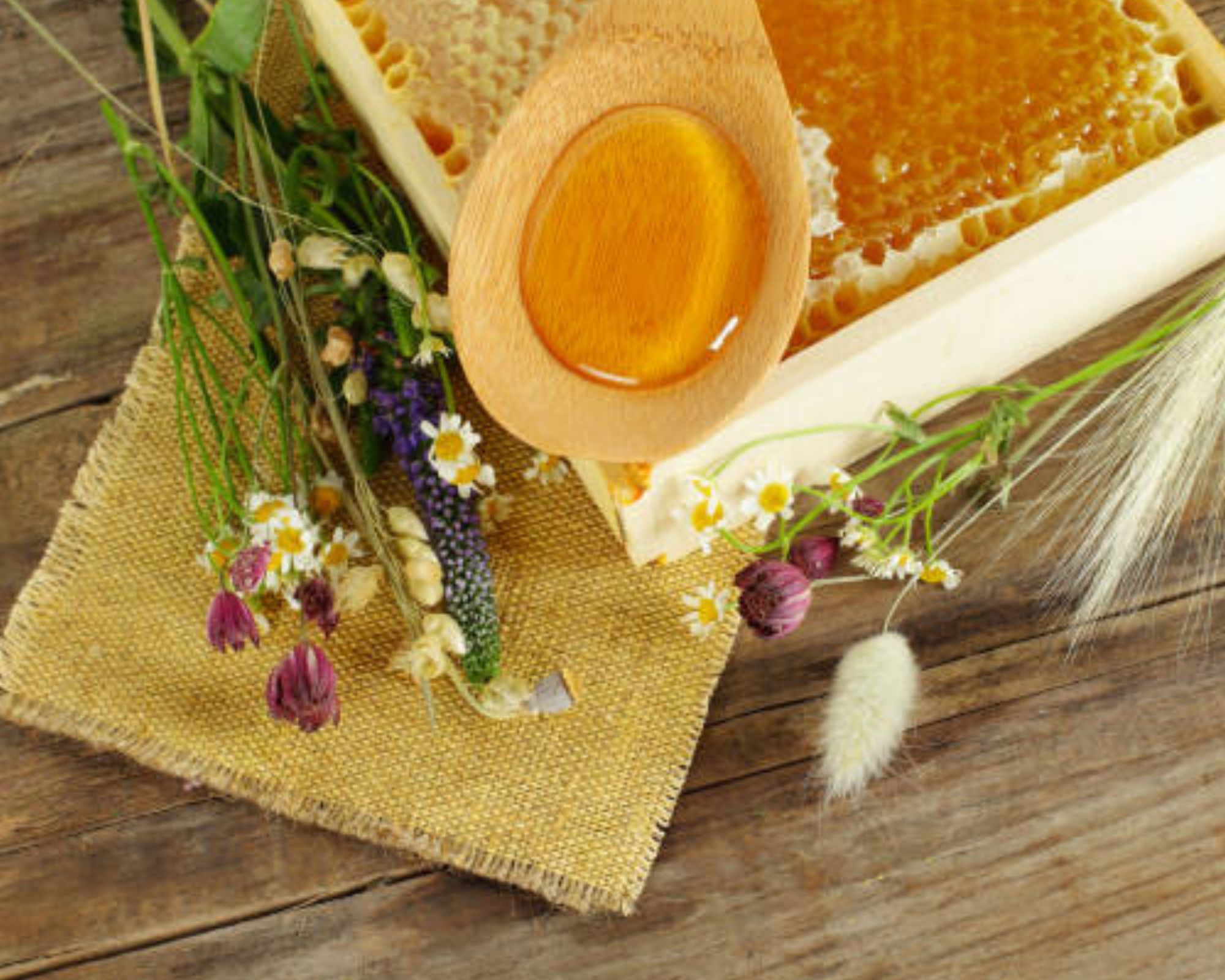Introduction
Honey is a delightful natural sweetener loved by many around the world. Its rich flavor and various health benefits make it a sought-after product in the food industry. However, behind every jar of honey lies a fascinating world of bees and their intricate process of honey production. In this article, we will embark on a journey into the art and science of honey production, exploring the lives of bees, their remarkable behavior, and the methods used by beekeepers to harvest this golden nectar.
-
The Life of Bees
To truly understand honey production, we must first delve into the lives of the diligent creatures responsible for creating it: bees. Bees are social insects that live in highly organized colonies. Within each colony, there are three main types of bees: the queen, the workers, and the drones.
The queen is the mother of all bees in the colony and is responsible for laying eggs. Workers are sterile females who perform various tasks, including collecting nectar and producing honey. Drones are male bees whose primary purpose is to mate with the queen.
-
The Process of Honey Production
Honey production begins with bees collecting nectar from flowers. As bees forage for nectar, they use their long, tube-like tongues called proboscis to suck up the sweet liquid. Inside the bee’s honey stomach, enzymes begin to break down the complex sugars of the nectar into simpler sugars. Once the honey’s stomach is full, the bee returns to the hive.
Back at the hive, worker bees regurgitate the nectar into the mouth of other bees, passing it from bee to bee. This process, known as trophallaxis, allows the enzymes to further break down the sugars and promotes the spread of important enzymes throughout the colony.
The bees then deposit the nectar into the cells of the honeycomb. Through a process called fanning, worker bees fan their wings to evaporate excess water from the nectar, gradually transforming it into honey. Once the water content is reduced to around 17-18%, the bees seal the cells with beeswax to preserve the honey
-
Beekeeping: An Art and a Science
Beekeepers play a vital role in the production of honey. They manage colonies of bees and employ various techniques to ensure healthy and productive hives. One such technique is hive inspection, where beekeepers carefully examine the hive’s condition, checking for signs of disease, pests, or the need for additional space.
To harvest honey, beekeepers need to carefully remove the honeycombs from the hive. They use smoke to calm the bees, making the process less disruptive and safer for both the bees and the beekeeper. Once the honeycombs are removed, beekeepers extract the honey by spinning the frames in a centrifugal extractor. This process uses centrifugal force to separate the honey from the comb.
After extraction, the honey is typically filtered to remove any impurities such as beeswax or pollen particles. However, some beekeepers prefer to leave the honey unfiltered, as it retains more of its natural flavor and nutritional properties.
Here Are Some benefits of Honey:
- Nutritional Value: Honey is a natural source of carbohydrates, providing energy to the body. It contains trace amounts of vitamins and minerals, including vitamin C, calcium, iron, and potassium.
- Antioxidant Properties: Honey is rich in antioxidants, such as phenols and flavonoids, which help protect the body against free radicals. Antioxidants play a crucial role in reducing oxidative stress and inflammation, which are associated with various chronic diseases.
- Wound Healing: Honey has been used for centuries to treat wounds and promote healing. It has antimicrobial properties that help prevent infection, and its thick consistency creates a protective barrier over the wound, allowing it to heal faster. Honey is particularly effective in treating burns, ulcers, and surgical wounds.
- Cough and Sore Throat Relief: Honey is known for its soothing effect on coughs and sore throats. It can help alleviate irritation and reduce coughing. Mixing honey with warm water or herbal teas can provide relief and comfort.
- Allergy Relief: Some people believe that consuming local honey may help alleviate seasonal allergies. The theory suggests that by consuming small amounts of pollen from local flowers, the body may become less sensitive to pollen allergens over time. However, more scientific research is needed to fully support this claim.
- Digestive Health: Honey has mild laxative properties and can aid in digestion. It can help alleviate symptoms of indigestion, constipation, and acid reflux. Additionally, honey may promote the growth of beneficial gut bacteria, contributing to a healthy digestive system.
- Athletic Performance: Honey is a popular choice among athletes as a natural energy source. Its carbohydrates provide a quick energy boost, making it an effective pre- and post-workout snack. Honey can help improve endurance and reduce muscle fatigue.
- Skin Care: Honey is a common ingredient in skincare products due to its moisturizing and antibacterial properties. It can help nourish and hydrate the skin, soothe inflammation, and promote a healthy complexion. Honey masks or scrubs are often used to treat acne, dry skin, and other skin conditions.
Conclusion
The art and science of honey production involve a delicate balance between the incredible instincts of bees and the expertise of beekeepers. The bees’ complex behavior and their meticulous process of honey production make it truly remarkable. Beekeeping as a practice not only provides us with the sweet delight of honey but also plays a crucial role in pollination and the preservation of biodiversity. So, the next time you savor a spoonful of honey, take a moment to appreciate the fascinating journey it took from the buzzing world of bees to your table.
